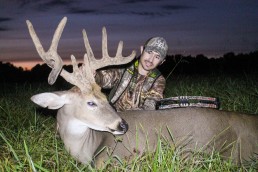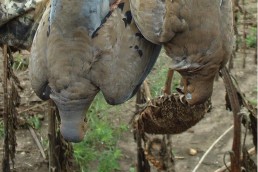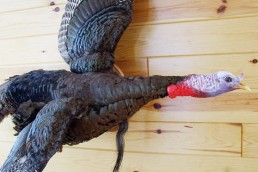Shot Opportunity Ethics vs. Shot Placement Ethics
SHARE THIS POST
Understanding the differences between shot opportunity and shot placement ethics is important. Knowing when, where, why and how to take the shot can be a complex subject, and that’s exactly what we’re diving into here.
Study deer anatomy
Hunters must have a firm understanding of deer anatomy before ever attempting to take a shot at one. Failing to fully grasp whitetail anatomy before pulling a trigger or releasing an arrow is unethical in and of itself.
A complete understanding of where the heart and lungs are located helps you know where to aim. These are the only organs you should ever aim for. Of course, the liver, paunch, intestines and arteries are lethal, too. But these aren’t areas to purposely aim for.
For new bowhunters who aren’t well-versed in anatomy, when aiming at a broadside deer, the best thing you can do is imagine a horizontal line across the belly, a vertical line up the back of the front leg, and to see where these lines cross. Then, aim about a third of the way up the torso from there.

What are shot placement ethics?
Shot placement ethics are unchanging, no matter the person, weapon or situation. No matter the shot angle, you’re aiming for the heart or lungs. Period. There are no other shot placements to aim for. Sure, the angle can alter the aiming point, but that’s only to ensure impact with, again, the heart or lungs.
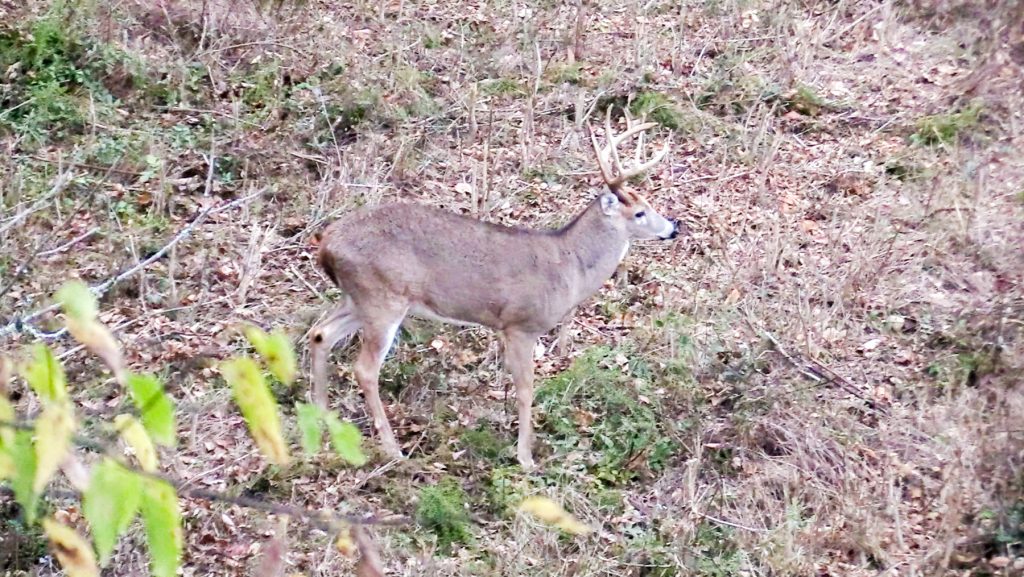
What are shot opportunity ethics?
Shot opportunity ethics are best described as the moment of which a shot opportunity is presented, and whether it’s okay to take that shot, or not. Making that decision is the essence of shot opportunity ethics.
Of course, all opportunities aren’t created equal. Some are ethical. Others aren’t. Furthermore, some aspects of shot opportunity ethics can change from person to person or weapon to weapon. For example, what might be an ethical shot opportunity for a gun — such as a chest shot—might not be an ethical shot opportunity for a bow.
A second example, between bowhunters, where perhaps one bowhunter is only proficient enough to shoot out to 20 yards, while another is good enough to shoot out to 40. That, too, is an example of where shot opportunity ethics are fluid between different hunters.
Are you enjoying this post?
You can be among the first to get the latest info on where to go, what to use and how to use it!
Obviously unethical shots
An unethical shot is best described as one with low-odds or marginal success. There are greater odds of wounding a deer than killing it. It isn’t a high-percentage opportunity for a clean, quick kill.
Running shots: Everyone seems to have a different opinion when it comes to taking a shot on a running white-tailed deer. Some say it’s ethical. They say it’s fine if skills are up to the task. Others say it’s unethical, and that even skilled marksmen shouldn’t attempt it. But I’ve never heard anyone with credibility sign off on running shots with a bow. Personally, I wouldn’t even do so with a gun.
Head shots: A properly executed head shot without error will drop a deer like nobody’s business. It’s finished in milliseconds. But the risks are too high. It doesn’t matter what weapon you’re using. Head shots are unethical, even with a gun. This is true for several reasons, including: There’s only one small vital organ in that region; high risk of deer moving before impact; no room for the deer to move and still hit the mark; high risk of non-fatally injuring the deer; spooking game on a missed shot; even ruining the cape on a big buck (of which is least important).
Texas heart shots: The opposite of a head or straight-on shot, the Texas heart shot needs no explanation. And it need never be taken, by anyone or any weapon type.
Straight down shots: While many bowhunters have shot straight down on deer, the odds of a clean, quick kill are limited. It’s impossible to hit both lungs, and the spine makes it virtually impossible to hit the heart.
Stacked shots: Never take the shot if another deer is beyond the one you’re aiming at. Arrows and bullets alike can pass through and strike animals in the background.
Sky-lined shots: Another shot to never take is when an animal is on a horizon. Again, the projectile can pass through the deer and fly toward unsafe objects in the distance. Never shoot unless a safe backdrop is beyond the target.
Out-of-range shots: Never take a shot beyond your ethical bow range. Furthermore, deer beyond 40 yards have a lot of time to react to the shot and jump the string. So, even if you’re confident at greater distances, taking that shot can result in a negative outcome because the deer has time to react.
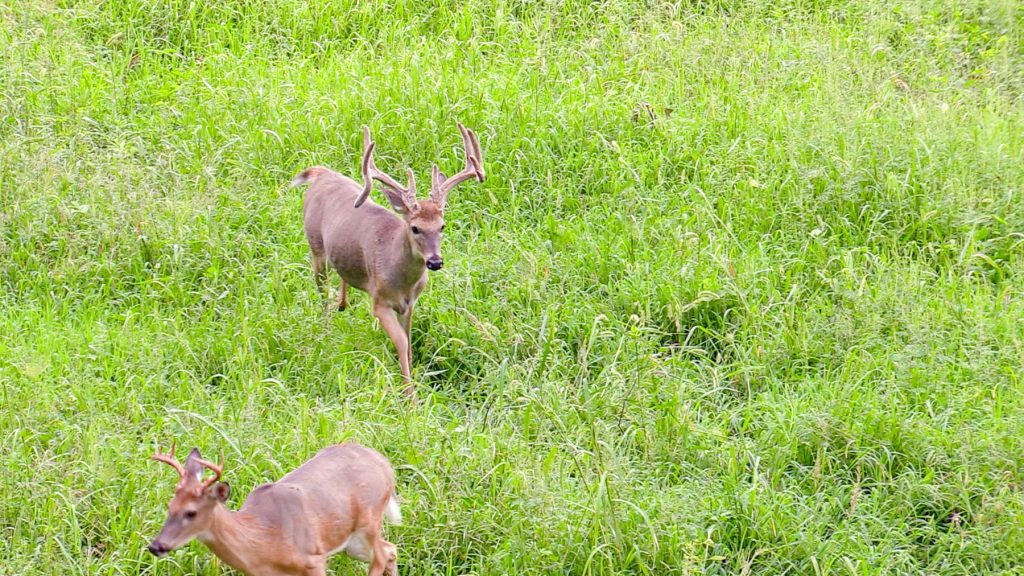
Obviously ethical shots
There are only two shot opportunities that are always ethical for a bowhunter. These are high-odds situations that offer high odds of a quick, clean kill.
Broadside: The best opportunity is a broadside shot. This is ethical regardless of the weapon type or hunter who uses it.
Quartering-away: The quartering-away shot is a great option, too. Just remember to aim for the exit when you do. A good rule of thumb is to aim for the opposite front leg.
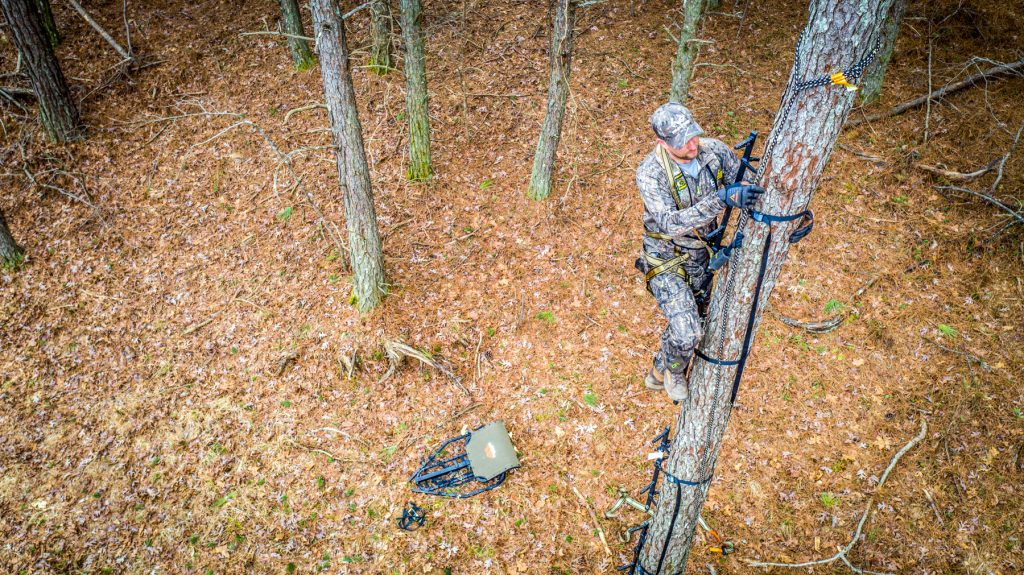
Gray area shots
The following are commonly debated shots that bowhunters don’t always agree on. I’m not here to deem them one way or another, but to walk you through each one, and let you decide for yourself.
Straight-on shots: This is a low-odds shot. If you don’t hit the heart, it’s one lung at best. That isn’t good. However, if you’re an experienced bowhunter, the deer is very close (15 yards or less), and you’re shooting a heavy arrow and fixed blade broadhead setup, it might work.
Quartering-to shots: Another hotly debated shot opportunity, most bowhunters should avoid the quartering-to shot opportunity. That said, under the circumstances mentioned above for straight-on shots, it could work. Just make sure you aim appropriately.
Walking shots: I wouldn’t take the shot on a deer walking fast. However, if the deer is inside 15 yards, and moving fairly slowly, it could be better to take that shot than to stop the deer so close and risk it spooking from your vocalization.
Bedded shots: A bedded deer has slightly displaced organ locations. Plus, it becomes harder to make the shot if the deer is oriented incorrectly. That said, if it’s broadside and within ethical range, it isn’t out of the question.
If it’s deer or turkey season, you’ll find Josh Honeycutt high in an oak tree or sitting up against one. His passion for the outdoors led to a career as an outdoor writer, photographer and videographer. His work has been published in nearly 50 publications and websites including Field & Stream, Outdoor Life, North American Whitetail, Whitetail Journal, Game & Fish, Fur-Fish-Game and more.
MWO
SHARE THIS POST
Did you enjoy this post?
You can be among the first to get the latest info on where to go, what to use and how to use it!
Josh Honeycutt
If it’s deer or turkey season, you’ll find Josh Honeycutt high in an oak tree or sitting up against one. His passion for the outdoors led to a career as an outdoor writer, photographer and videographer. His work has been published in nearly 50 publications and websites including Field & Stream, Outdoor Life, North American Whitetail, Whitetail Journal, Game & Fish, Fur-Fish-Game and more.
